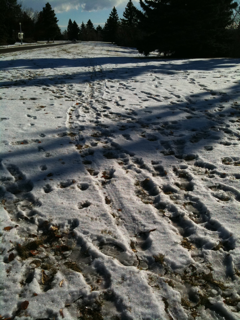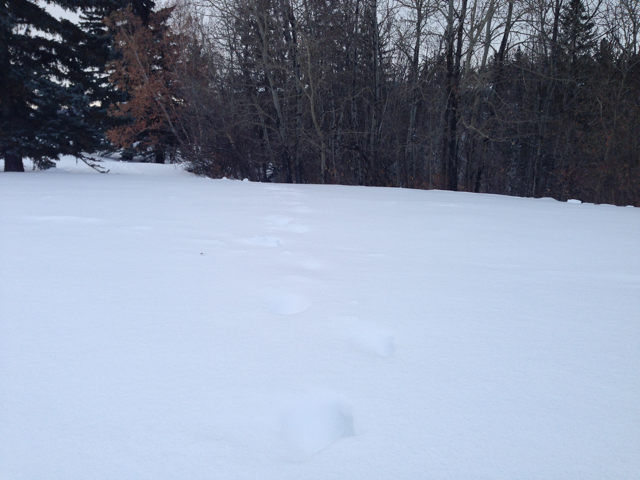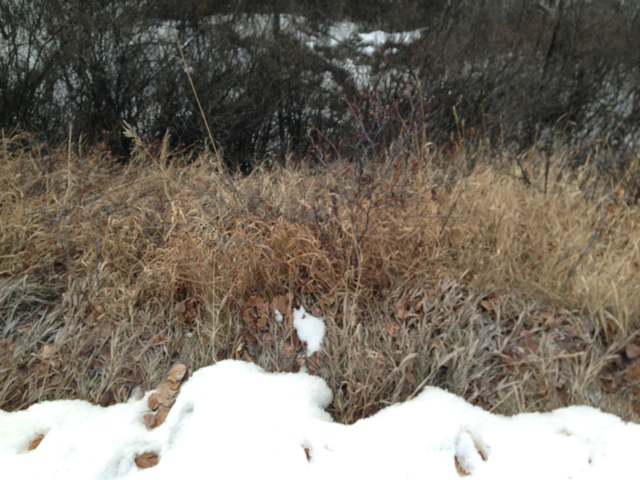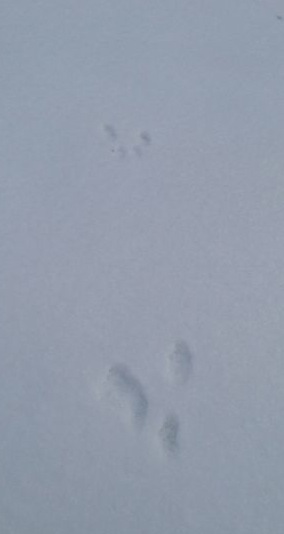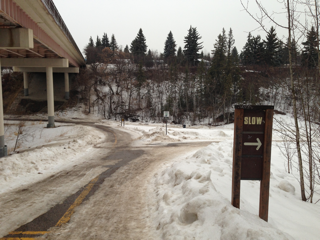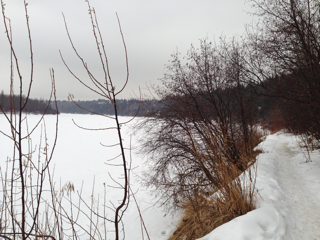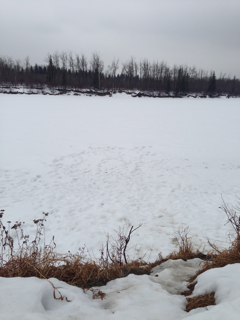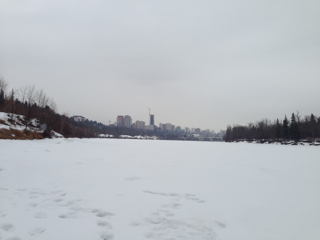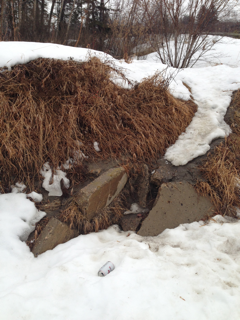Desire and longing are creatively destructive forces. I wrap up exploring Chapter 7: (Un)known Possibilities, with David Whyte:
… without the creatively destructive dynamics of desire and longing, our protected sense of self cannot be destabilized or subverted from our old way of being; we cannot be chaotically reorganized to accommodate ourselves to anything fresh. A certain state of blinding ecstasy seems necessary for navigating the first crucial thresholds…
In other words, for each step into possibilities both known and unknown, I need to be willing to take risks. We are designed to be smitten with an idea as much as we are designed to be smitten with a person; we become ‘blinded’ in order to take the risk, so its not so risky after all. Whether in a relationship, trying out a new job, or a renewed commitment to self, work, family, city, etc, a leap of faith is what gets us across a threshold.
When courageously smitten, a sense of direction and purpose emerges as we make our way through the personal journey of life. Thresholds emerge to challenge us and our longing pulls us through to new possibilities. We emerge to new destinations. This happens when we allow ourselves to chaotically reorganize for what we desire.
The dynamic of focus, and emerge creates the conditions for emerging possibility. Anywhere, in our neighbourhoods and on the soccer field, we create possibilities, especially if we prepare for possibility and create the conditions to see possibility. We can chaotically reorganize to see familiar and new possibilities that align with our longing, and being smitten with what we are aiming for helps us through each threshold.
Douglas Hofstadter:
It turns out that an eerie type of chaos can lurk just behind a façade of order – and yet, deep inside the chaos lurks an even eerier type of order.
The key is finding ways to reveal the unknown possibilities, the lurking chaos. Our work, then, is to chaotically reorganize ourselves to be smitten with longing.
In what ways do you/we chaotically reorganize to reach what you long for?
_____ _____ _____
Sources / Further Reading
David Whyte, The Three Marriages, p. 48
_____ _____ _____
This post is part of Chapter 7 – (Un)known Possibilities, here are some plot helpers of Nest City: The Human Drive to Thrive in Cities, the book I am sharing here while I search for a publisher:
- My decision to share the book while I am working on it
- The overall structure of Nest City’s three parts
- The plot for Part 2 – Organizing for Emergence (Chapters 4-7)
_____ _____ _____
